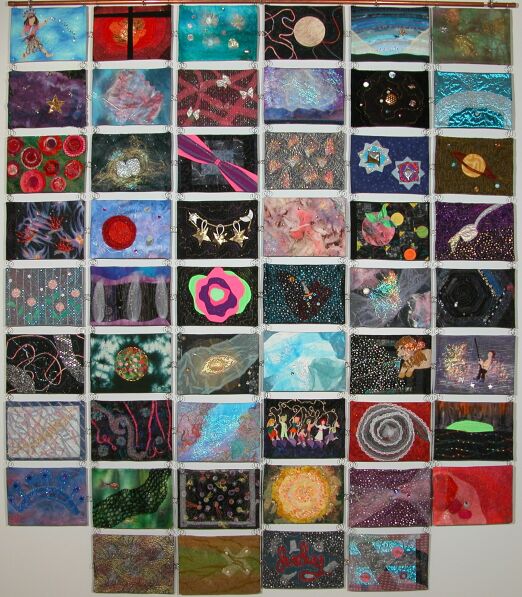Delightful.
This just in...
Hermes Is Found
By Roger W. Sinnott
October 16, 2003 | After eluding astronomers for 66 years, the long-lost asteroid Hermes has finally been retrieved.
This most famous of the "lost asteroids" was originally discovered by Karl Reinmuth at Heidelberg, Germany, on October 28, 1937, and tracked for only five days. Despite numerous attempts, the object that came to be known as Hermes was not seen again — until now.
Early on October 15th, Brian A. Skiff (Lowell Observatory Near-Earth Object Search, Arizona) sent measurements of four CCD images obtained with the Anderson Mesa 23-inch Schmidt telescope to the Minor Planet Center in Cambridge, Massachusetts. At the center, Timothy B. Spahr identified the suspect with other measurements submitted in the past seven weeks and recognized that its orbit closely matched that of long-lost Hermes. In addition, quick action by James Young (Table Mountain Observatory, California) secured a confirmation just before dawn on the 15th.
Judging by its brightness, Hermes is a minor planet about 1 to 2 kilometers across. So it could be somewhat larger than the 1937 estimates. In a famous exhibit at the American Museum of Natural History, New York, Hermes was depicted as a sphere about the size of Central Park.
Hermes is by no means the last of the lost asteroids — many thousands of others in the Minor Planet Center's database fall in this category because they could not be followed long enough for an accurate orbit to be determined.
In late October 2003, Hermes will be bright enough (magnitude 13) to be seen in 8-inch and larger amateur telescopes as it races westward across Cetus, Pisces, and Aquarius. By month's end it will be moving 7° per day and gaining. Unlike the situation in 1937, when Hermes skimmed to within 800,000 km of our planet (two Earth-Moon distances), it will pass about nine times that far on November 4, 2003. Nevertheless, the possibility of future close encounters definitely puts this object in the PHA (potentially hazardous asteroid) class.
That's some quilt.
Thanks for the ping.

